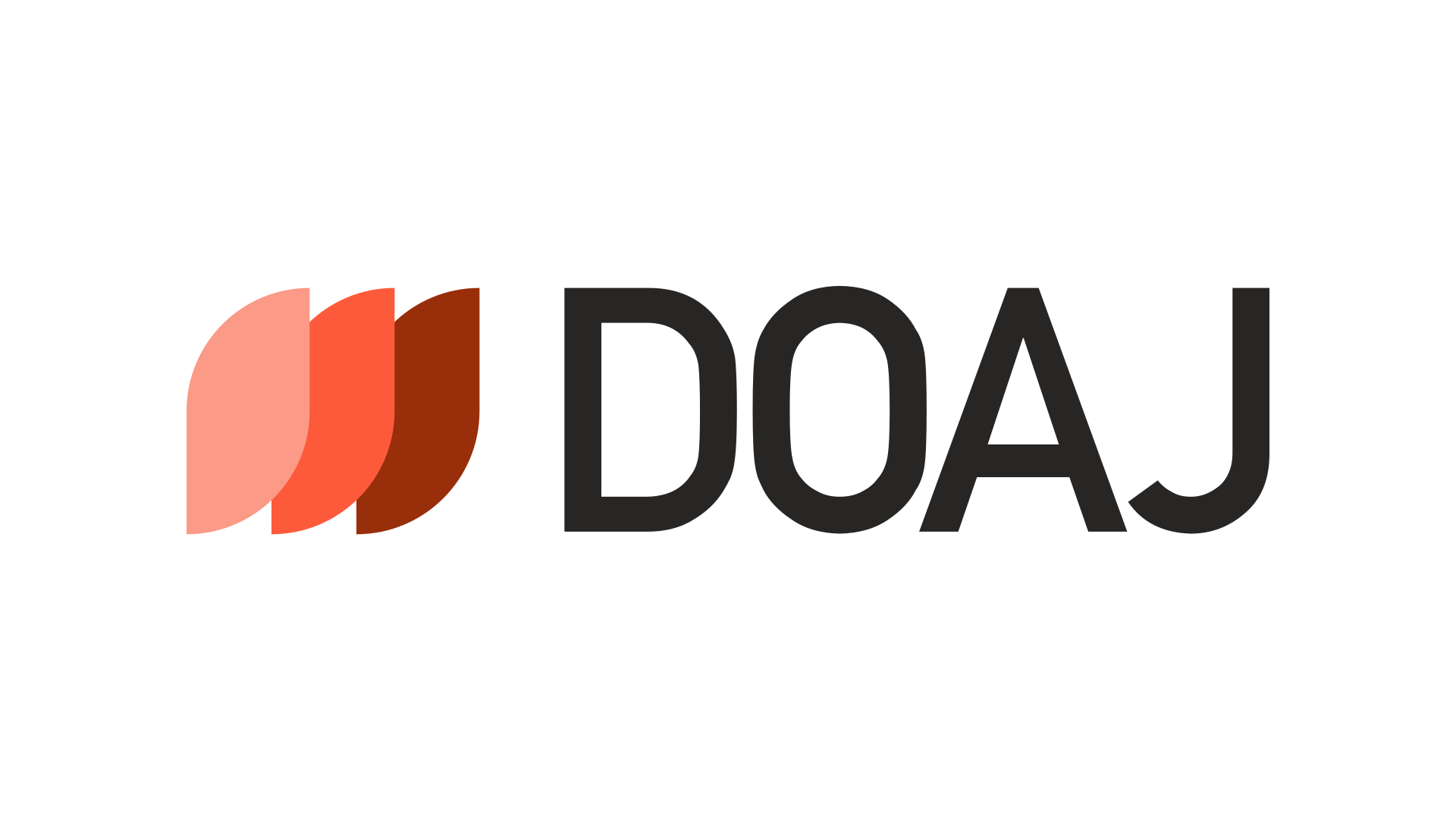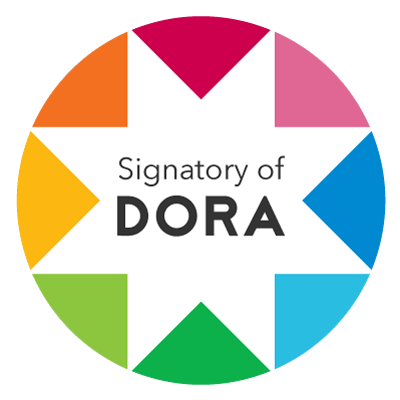Abstract
This article critically reviews the use of ICTs for human rights crisis research. While focusing on two specific technologies—satellite imagery and mobile phone technology—it proposes a general framework for analyzing the added value of ICTs. The author suggests that their added value in mass atrocities research arises from their ability to reduce information uncertainty, a challenge that is exacerbated in the digital age. This is different from delivering “truth”, an inaccurate description that only leads to unfulfilled expectations and hopes. The article is written from a practitioner’s perspective, drawing from the work of a global human rights watchdog, thus avoiding the trap of inferring conclusions from a single region or a single tool. The author provides several case studies on how ICTs were successfully used in human rights crisis research by reducing information scarcity and assessing the quality of information.
Acknowledgements
The views expressed are solely those of the author, and do not necessarily reflect the positions of Amnesty International.
DOI
http://doi.org/10.5038/1911-9933.11.1.1440
Recommended Citation
Koettl, Christoph
(2017)
"Sensors Everywhere: Using Satellites and Mobile Phones to Reduce Information Uncertainty in Human Rights Crisis Research,"
Genocide Studies and Prevention: An International Journal:
Vol. 11:
Iss.
1:
36-54.
DOI:
http://doi.org/10.5038/1911-9933.11.1.1440
Available at: https://digitalcommons.usf.edu/gsp/vol11/iss1/7
Creative Commons License

This work is licensed under a Creative Commons Attribution-Noncommercial 4.0 License
Included in
Human Rights Law Commons, International Humanitarian Law Commons, International Relations Commons, Remote Sensing Commons, Social Media Commons



